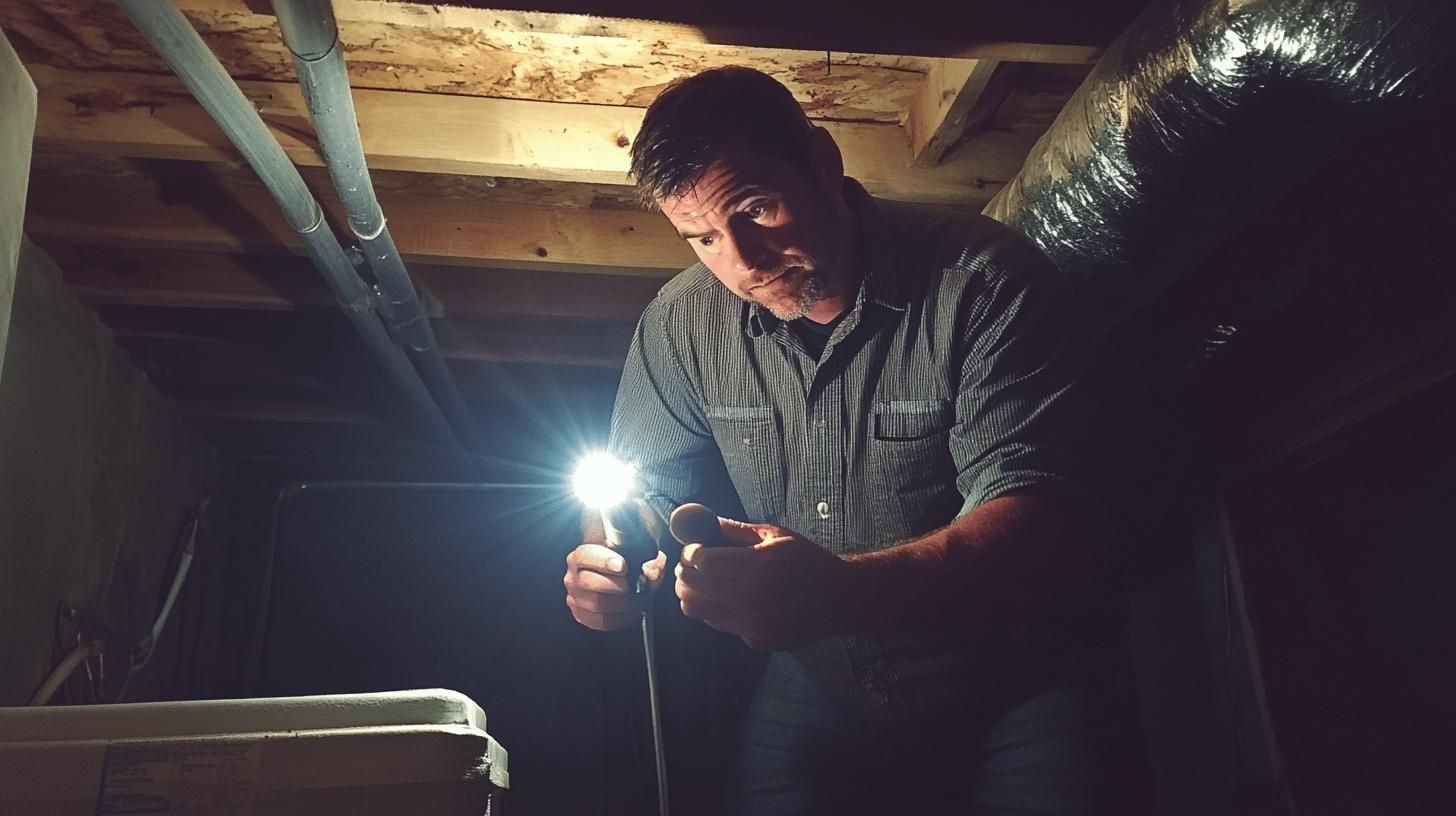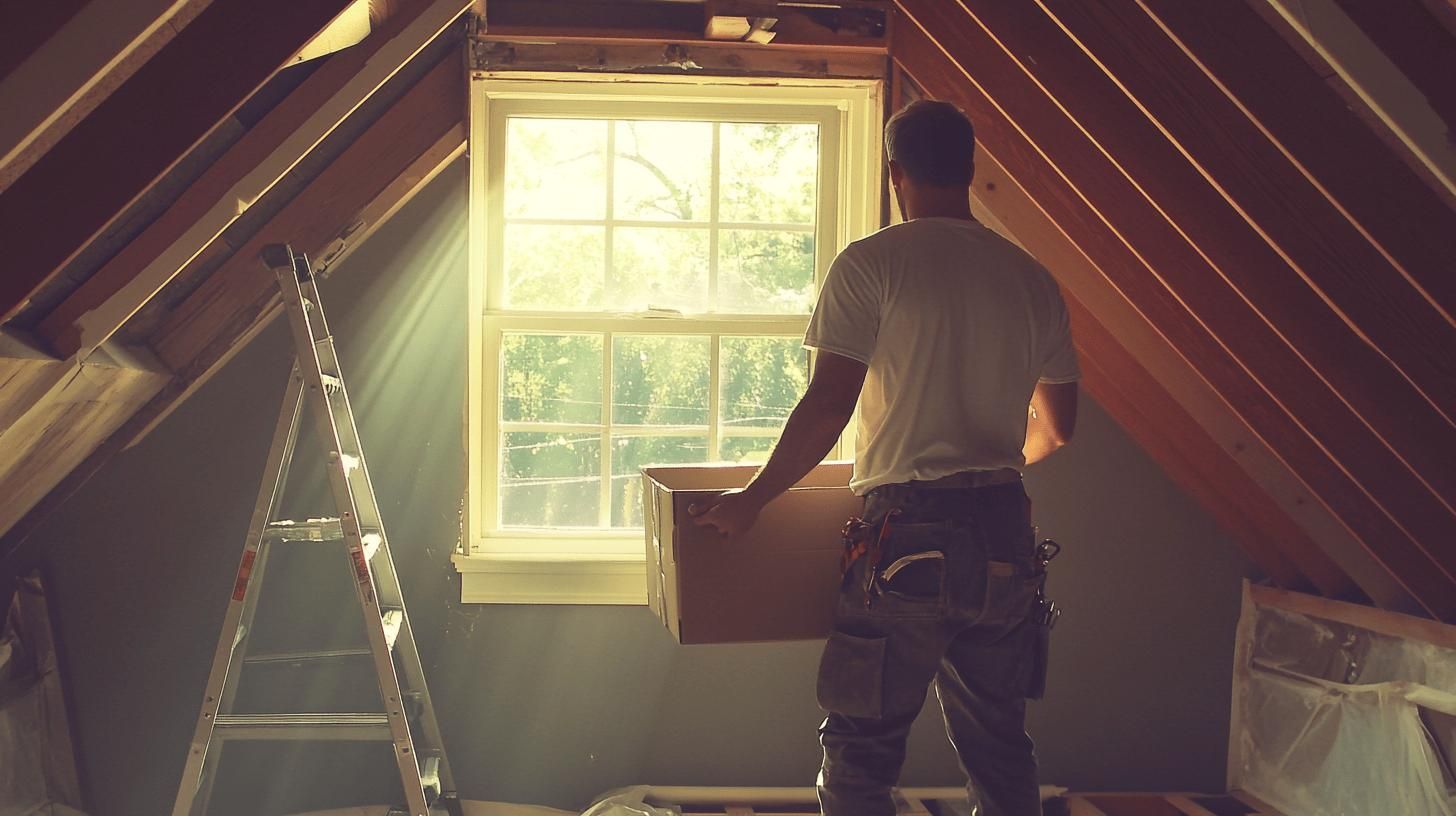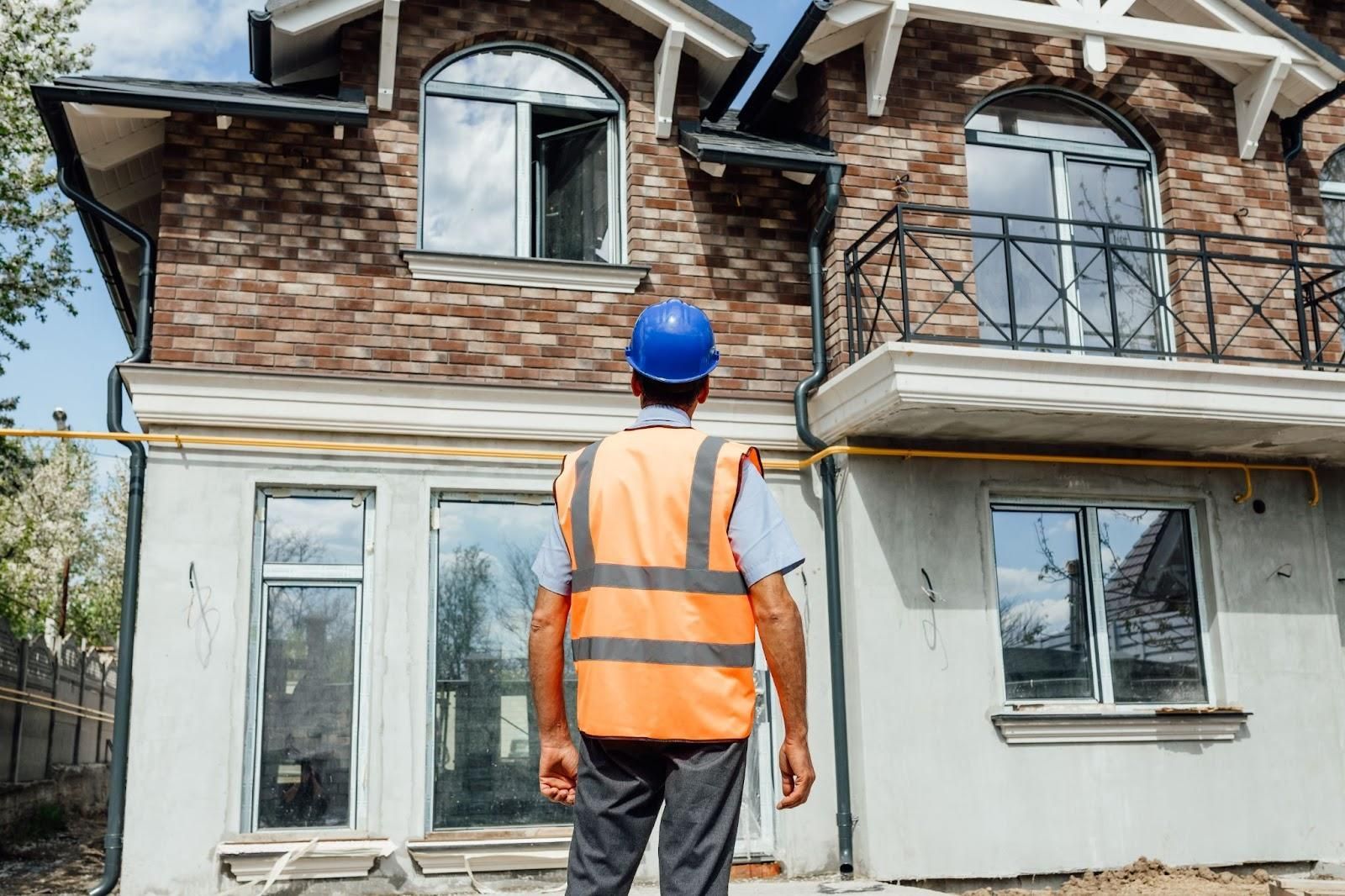The Correlation Between Home Maintenance and Inspections
- Regular home maintenance ensures safety, functionality, and value.
- Key tasks: HVAC maintenance, plumbing checks, roof inspections, electrical evaluations, and gutter cleaning.
- Benefits: early problem detection reduces repair costs, boosts energy efficiency, and preserves property value.
- Aim for annual inspections to spot minor issues before they escalate.
- Preparation tips: fix visible repairs, clear access to inspection areas, maintain repair records, and consult professionals.
- Advantages of maintenance: cost savings, enhanced property value, improved resale prospects, and extended lifespan of home systems.
Consistent home maintenance and inspections are the secret ingredients that preserve and enhance the value of a property. Regular upkeep is not merely about avoiding minor inconveniences. It's about safeguarding your investment and ensuring a safe, efficient home environment. Through this article, we'll examine how these proactive measures interplay to prolong home lifespan, bolster safety, and maintain property value.
Understanding the Link Between Home Maintenance and Inspections
Home maintenance is key to a home's long-term safety and functionality. Regular tasks like cleaning and repairing systems such as HVAC, plumbing, and electrical are important. They keep a home structurally sound and visually appealing. By addressing these tasks consistently, homeowners protect their investment, improve living conditions, and avoid expensive repairs. Maintaining a property also positively affects home inspection results.
Proactive maintenance impacts inspection results. Inspections aim to find problems early, and a well-maintained home has fewer issues. With regular maintenance, inspectors are less likely to find major defects or safety hazards. This approach means small issues get fixed early, reducing the chance of significant findings that could affect home value or safety. Thus, regular maintenance is vital for good inspection outcomes, reflecting well on the property's condition.
Key Maintenance Tasks That Impact Inspections

Routine upkeep is crucial for home safety, functionality, and value. Taking preventive measures helps homeowners protect their property and ensures smooth home inspections. Here are some maintenances you can start doing in your home:
- HVAC maintenance: Regularly service heating, ventilation, and air conditioning systems to ensure efficiency and prevent breakdowns.
- Plumbing checks: Inspect pipes and fixtures for leaks or blockages to avoid water damage and maintain water pressure.
- Roof inspections: Examine the roof for signs of wear, damage, or leaks to prevent structural issues and water infiltration.
- Electrical evaluations: Check wiring and electrical panels for safety to prevent fire hazards.
- Gutter cleaning: Clear gutters of debris to stop water overflow and protect the roof and foundation.
Diligent task performance enhances inspection readiness, minimizing issues that could affect home value and safety perceptions.
Benefits of Regular Home Maintenance for Inspections
1. Regular maintenance offers financial advantages by allowing early issue detection. By spotting problems before they turn into major repairs, homeowners can fix manageable, cheaper issues. For example, quickly fixing a minor roof leak can prevent costly structural damage, reducing maintenance expenses.
2. Maintenance boosts energy efficiency and property value. Routine tasks like servicing HVAC systems, sealing window gaps, and insulating attics ensure efficient home operation. This leads to lower energy use and utility bills. Additionally, maintaining systems and structures preserves property value by preventing deterioration.
Expert Advice on Preparing for Home Inspections

Regular inspections are essential for maintaining property integrity and safety. Aim for annual inspections, especially with seasonal changes, to counter weather impacts. Why this frequency? Regular inspections spot and fix minor issues before they grow, saving on costly repairs. They also keep the home meeting safety standards, preserving its value and enhancing living conditions.
- Address visible repairs: Fix obvious issues like leaks or cracks to prevent them from being flagged during inspections.
- Clear access to inspection areas: Ensure easy entry to the attic, basement, and crawlspaces for thorough evaluations.
- Review maintenance history: Keep records of past repairs and updates for a comprehensive view of the home's condition.
- Consult professionals like Accurate Home and Commercial Services: Engage experts for insights into potential concerns and tailored advice.
Consulting licensed home inspectors like Accurate Home and Commercial Services offers extra benefits, such as custom maintenance plans and home upkeep advice. Professional guidance ensures all concerns are addressed, promoting a safe and efficient home environment.
Final Words
Effective home maintenance and regular inspections act as the backbone for maintaining the safety, longevity, and value of a property. By understanding the correlation between home maintenance and home inspections, homeowners can proactively address minor issues before they escalate. Routine upkeep tasks such as HVAC checks and plumbing inspections consistently enhance safety and bolster property value.
Adopting these practices, supported by expert advice, ultimately ensures the property remains a valuable, efficient, and lasting investment.
FAQ
What is the biggest red flag in a home inspection?
The biggest red flag is structural damage, which can include foundation issues, significant cracks, or water intrusion, potentially leading to costly repairs and safety hazards.
What is the difference between maintenance and inspection?
Maintenance involves routine care and repairs to keep systems functional, while inspection is a detailed assessment to identify existing or potential issues.
What is the most common issue to arise in a home inspection?
The most common issue is water damage, often resulting from leaks or poor drainage, leading to structural deterioration and mold growth.
Why are people skipping home inspections?
Some skip inspections to expedite home purchases, often due to market pressures, potentially overlooking critical property issues that could incur future costs.











